
Kicking off Women’s History Month, a group of female wine professionals descended upon New York with big bottles (3-Liters, to be specific) of Bordeaux. These rare, double-magnum sized wines were poured by the glass during the week of March 2-8 at 66 restaurants around the city. The wines and the women showcased the diversity of Bordeaux with dry and sweet whites as well as the more well-known reds.
In conjunction with this state-wide promotion of “Strong Women Make Big Bordeaux Bottles,” members of the press were invited to take a VIP wine tour to visit four restaurants featured in the event to taste the wines and meet some of the women behind the bottles: Rita Jammet, Sophie Solnicki-Thierry, Caroline Perromat and Sylvia Courselle.
Our first stop was Aldo Sohm Wine Bar, where we were introduced to Rita, who is the former owner of the esteemed (and now closed) La Caravelle restaurant. She and her husband began producing wines for the restaurant, launching first a Champagne and then a Bordeaux in 1995, which they continued making after the restaurant closed. Their small production La Caravelle wine is made from grapes sourced within the Listrac-Medoc appellation and is made only in good years. At the wine bar, sommelier André Compeyre paired her La Caravelle 2008 with Beef Bressola Croque with Comte cheese.
Next, we arrived at 701 West at the Edition Hotel in the heart of Times Square. This luxury restaurant and cocktail bar is the first and only fine dining establishment in the neighborhood and was awarded three stars from The New York Times. Among the beautifully appointed dark wood, Sophie Solnicki-Thierry of Chateau Forcas-Hosten provided us with the history of the estate. The property was previously owned by a group of Americans, but has more recently been under new ownership, which has breathed new life into the property. JF Restaurants’ Beverage Director, Amy Racine, matched her Cedres d’Hosten 2012 with braised lamb flatbread and eggplant.
Switching gears from red to white, we headed to O Ya at the ParkSouth Hotel. Here, we heard from Caroline Perromat, of Chateau de Cerons. Perromat and her husband Xavier, took over management of the family estate in 2012, situated within the tiny sub-appellation of Cerons, within the Graves area. Caroline shared that she and her husband now work together at the estate and talked about the complexity and challenges in making a white wine compared to making a red one. Her Chateau de Cerons 2017 was beautifully paired with shima aji sashimi by Chelsea Carrier, Beverage Director for the hotel.
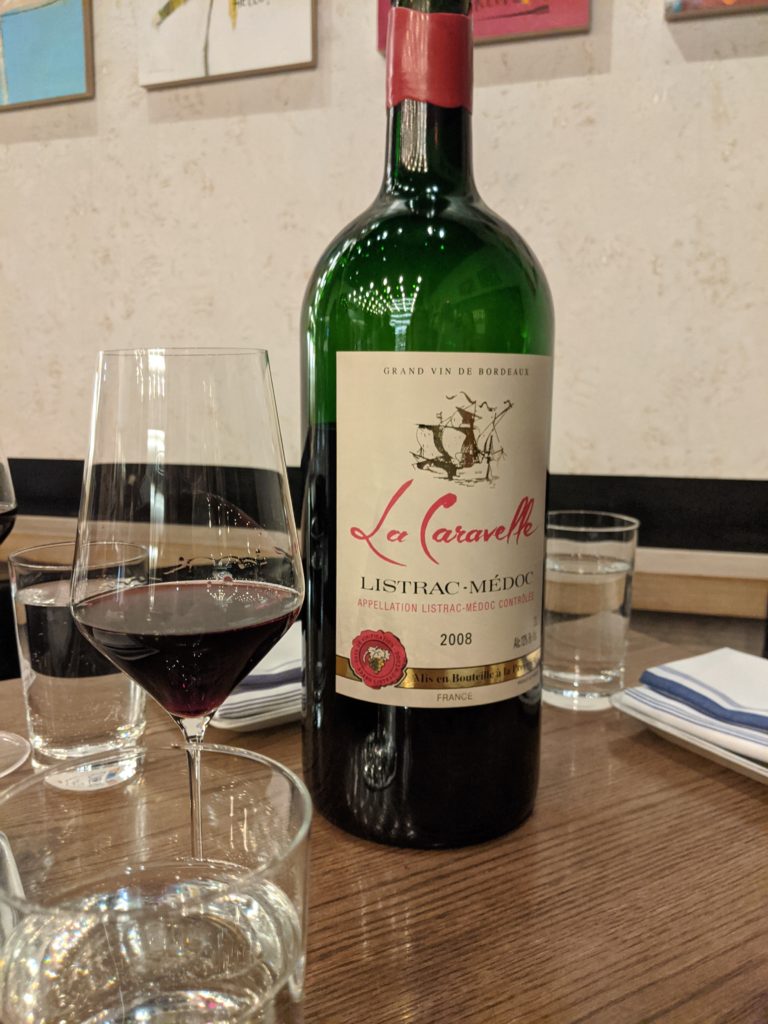
La Caravelle 
Amy Racine and Sophie Solnicki-Thierry 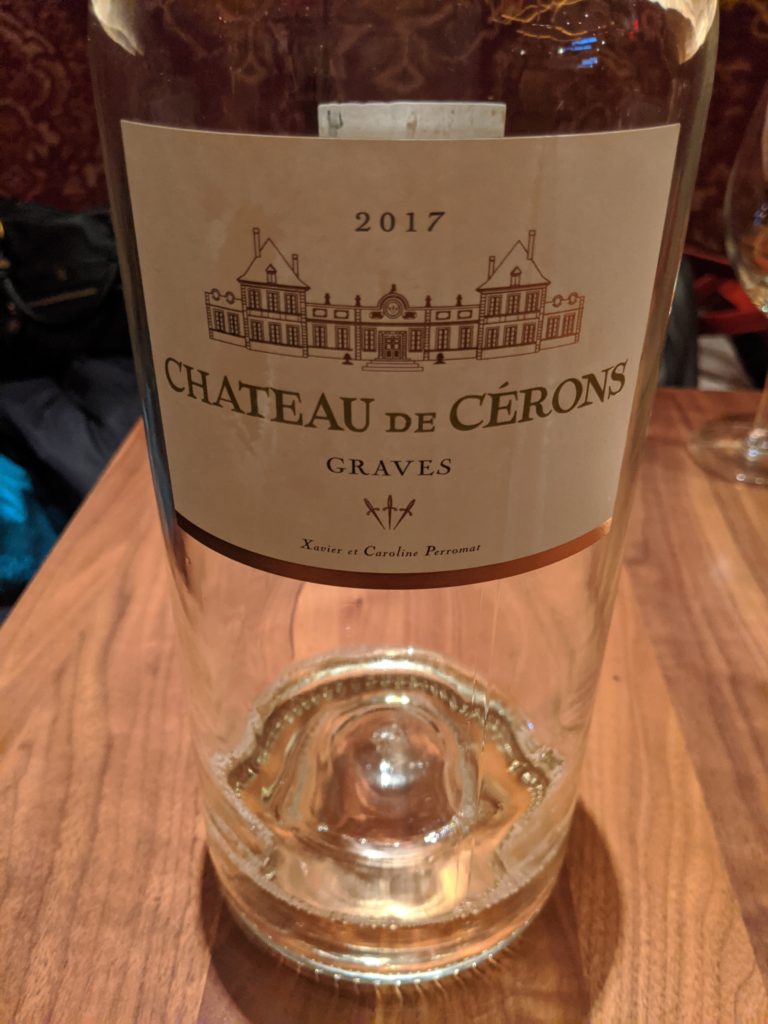
Chateau de Cerons 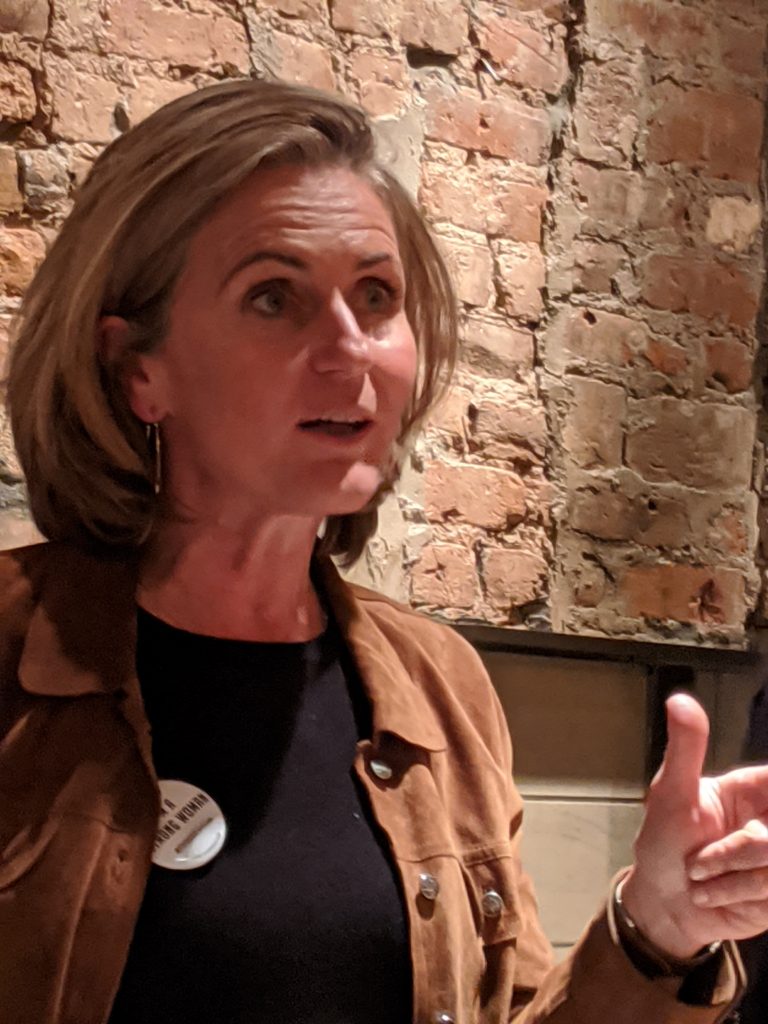
Caroline Perromat 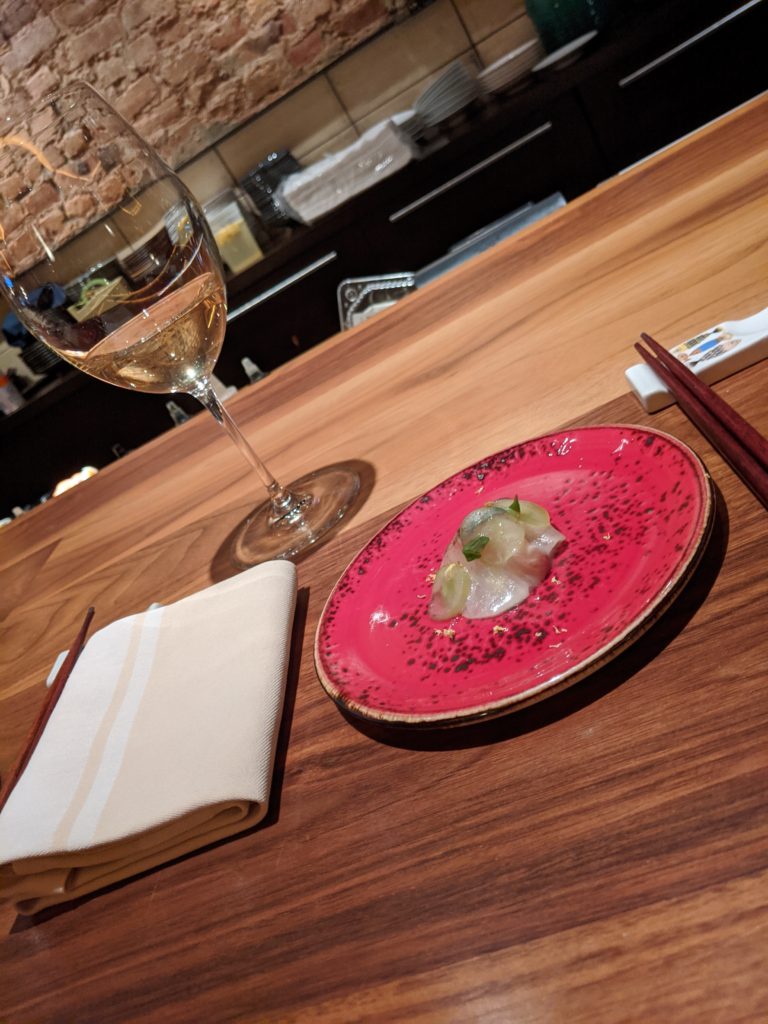
Sushi at O Ya 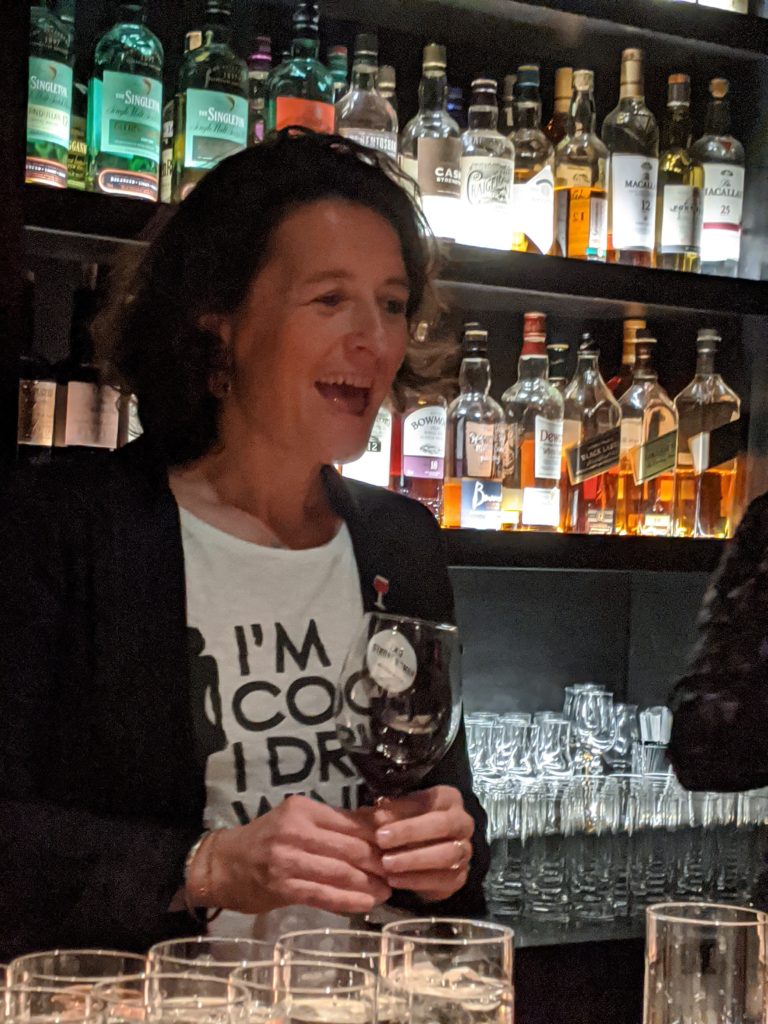
Sylvie Courselle 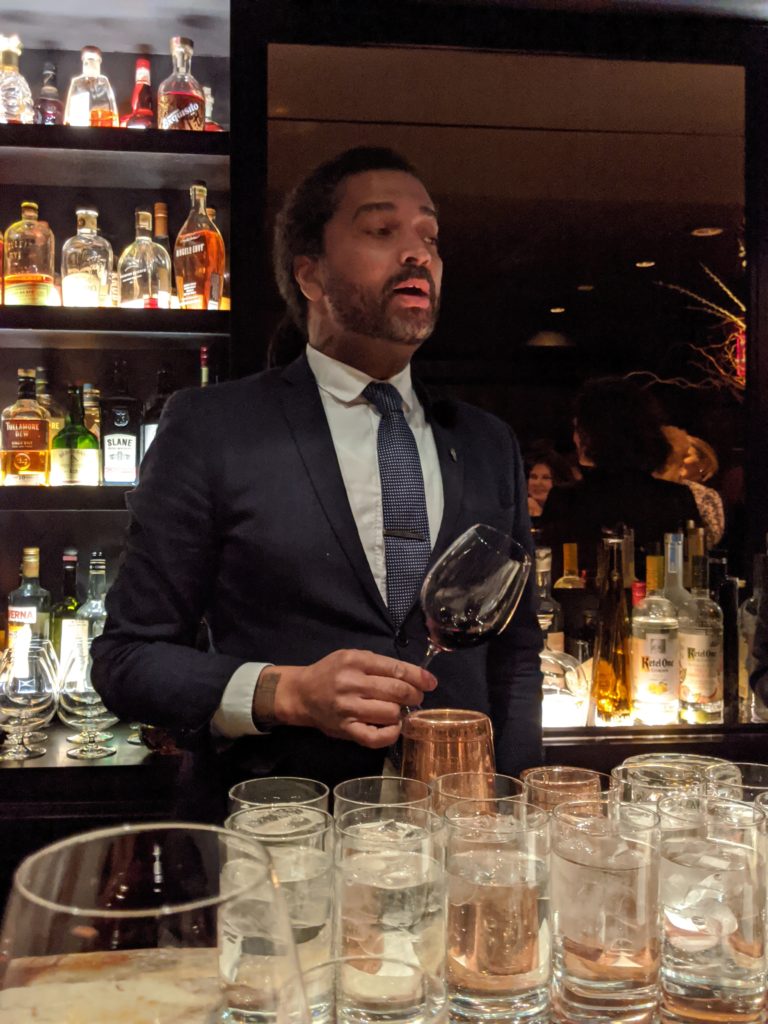
Bruno Almeida
Last, but certainly not least, we joined Sylvie Courselle, from Chateau Thieuley at Tocqueville. The family-owned estate of Chateau Thieuley was initially in the hands of Francis Courselle, but when his two daughters, Sylvie and Marie, graduated with degrees in agricultural engineering and enology, it was clear that they were ready to take over the business. Today, Sylvie focuses on sales, while Marie manages the technical aspects of winemaking. Tocqueville’s sommelier, Bruno Almeida chose to show the Chateau Thieuley 2015 with gougeres and steak au poivre with bone marrow.
Beyond the female focus, there was much to learn about Bordeaux itself, which has undergone quite a transformation as of late. Today’s Bordeaux has embraced sustainability, with an aggressive agenda to shift toward organic farming, which is particularly difficult in Bordeaux’s maritime climate.
While the emphasis on indigenous grapes remains, there has been a shift from exclusively blended wines to the production of some single variety wines and a stronger promotion of dry whites, which account for 9% of total production. Moreover, the region is keenly aware of the impact of climate change, which, for the most part, has been favorable in terms of more consistent quality from vintage to vintage, but looms large as a potential threat in the future as things (literally) heat up. Accordingly, last year Bordeaux became the first French region to permit new grape varieties to be used in an effort to combat rising temperatures. There are four new red and three new white grape varieties that have been added to the list of authorized grapes.
And, while what happens in the vineyard is extremely important, the people behind the wine are equally important. In this regard, a new generation of winemakers and vineyard managers have come to the forefront of the industry. These professionals have often grown up in the region, but are much more well-traveled with experience beyond Bordeaux than their predecessors were. Consequently, they bring back diverse expertise which informs their winemaking and grape growing. And, as was evident with this campaign – many of those newcomers are female, taking on the roles of owners, winemakers, cellar masters and marketers. A new day has certainly dawned in Bordeaux and it is exciting to see what is happening.
